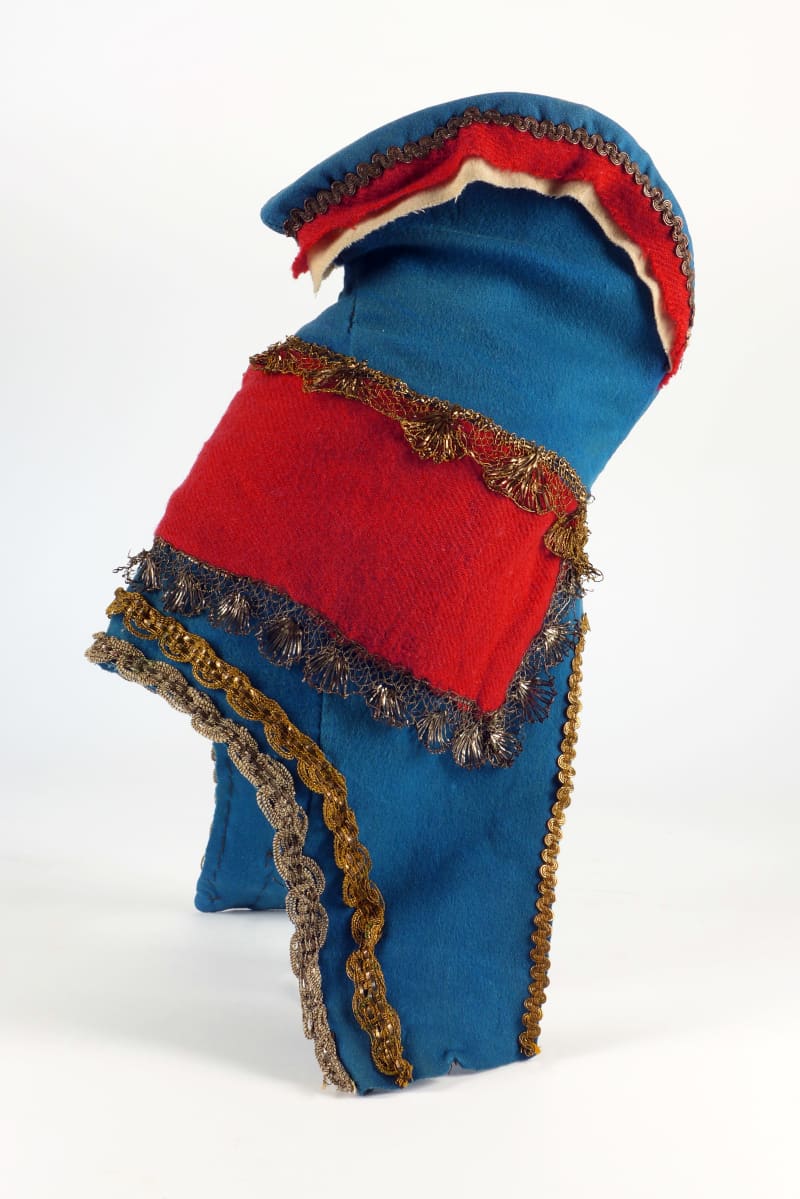
A collection of old Sámi objects has been found in the warehouse of a Berlin museum. Artifacts were collected under penalty of death and used to amuse rulers.
A research project has started at the Museum of European Cultures in Berlin, which aims to find out the history of the collection of Sámi objects found in the museum’s warehouse. The collection has been stored for over a hundred years in the museum’s storage facilities, and it has never been in the museum for the public to see.
– This collection includes very old objects. There are sacrifice place objects, i.e. objects collected by collectors from sacrifice places, which can date back to the 15th century. In addition, there are two sacred drums and an old runic calendar, probably from the 17th century.
Objects have been acquired partly under duress and even under the threat of the death penalty. Force has been used because the objects may have been very significant to their Sámi owners.
– Yes, it can be seen from the museum’s diaries and collectors’ notes that quite often it has been a bit of a half-force. But in the case of these sacred drums, for example, we can talk about robbery and forced taking. People have been forced in court to hand over these sacred objects under the threat of losing their lives.
The interest in the Sami’s sacred objects is explained by the fact that priests and missionaries forced the Sami to give up their old beliefs and convert to Christianity in the 17th and 18th centuries.
– In itself, it feels really strange. At the same time that the Sámi people themselves were weaned from the worldview to which these drums and their use are connected, they were collected in Europe for the admiration of well-to-do people, nobles and royalty.
A rare, extensive and significant collection
Eeva-Kristiina Nylander considers the collection found in Berlin to be exceptionally extensive. It includes more than a thousand items.
– Outside the Nordic countries and Russia, Berlin’s collection is the largest in Europe. Only the Sámi collection of the MARKK museum in Hamburg reaches the same level, which also has well over a thousand objects.
– Well, it’s definitely significant when you know the history and military history of Finland and how much Sámi artefacts have been lost. However, there are such old items in the collection that the significance is certainly greater than what we can even think about at this point.
Eeva-Kristiina Nylander also believes that the objects in the collection have great significance historically – but also spiritually.
– There is such a legacy, which is spiritually very significant. There are only about 70 of these sacred drums left in the world’s museums, and unfortunately only four of them are owned by Sámi museums. They can be considered both generally speaking and spiritually very valuable.

– The collection includes sacrificial objects, such as reindeer antlers, the meaning of which we had no information about. Similarly, the collection includes spoons made of horn with carved patterns. Now we know that it describes belonging to a family. Family belonging is also indicated by the fishing nets and their wooden net floats, which are engraved with markings.
The Sami collection of the Museum of European Cultures was mainly collected in the period between 1880 and 1929. The objects ended up in Berlin through many different events, says Eeva-Kristiina Nylander.
– For example, those drums were part of the Prussian Kunstkammer, that is, they were once in the possession of princes or rulers, and then over time were added to museum collections. Everyday objects have also been brought into these curiosities cabinets that the nobles kept.
It is not yet known whether the collection will be returned to Sami. According to museum director Elisabeth Tietmeyer, it should be displayed where it has the best impact.
– It is clear that the place of the objects is not in the museum’s storage facilities. I see no reason why the collection can’t stay in Berlin, but it needs to be on display to the public. However, I think that the Sámi people must decide in what way the collection is presented, and therefore we must work in close cooperation with the Sámi museums.

Marjo-Riitta Rantamäki, the collection master of Sámi Museum Siida, says that the museums of the Sámi region have not yet had time to discuss the future of the collection, as the research project only started at the beginning of December.
However, there are good experiences in the background of the National Museum of Finland’s repatriation, i.e. returning objects back to their original owners.
– It has been of great importance to the Sámi community. There is also the possibility that the objects could be repatriated digitally, in which case it would be possible to obtain that information about the objects, even if the objects are not concretely transferred to us.
According to Rantamäki, it would certainly be best in terms of the use of the collection and the study of the objects if the collection were returned to the Sámi.
– Of course, we would have very different opportunities if the collection was available to the Sámi people and the objects could be studied together with the Sámi community. Surely this matter will be discussed during the project.
*The story is based on journalist Maarit Lukkarinen’s radio story from Berlin. You can listen to it in its entirety on Yle Areena via the link below.*
